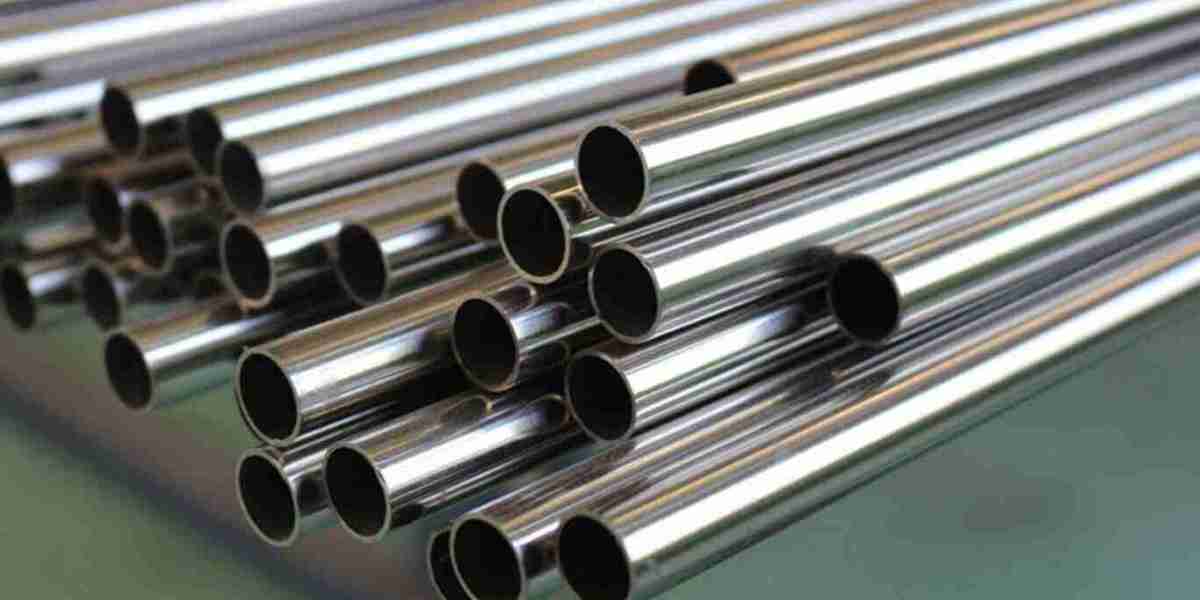Introduction
The energy sector is a major consumer of stainless steel, utilizing it in oil and gas infrastructure, renewable energy projects, and power generation systems. Stainless steel’s corrosion resistance, high strength, and durability make it an ideal material for extreme conditions in energy applications. As global energy demands grow and the transition to renewable energy accelerates, the stainless steel market is expanding to meet industry needs.
Key Drivers of Stainless Steel Demand in the Energy Sector
1. Oil and Gas Industry Growth
Stainless steel is essential for pipelines, offshore platforms, and refineries due to its resistance to extreme temperatures, pressure, and corrosive environments. The expansion of drilling operations and LNG (liquefied natural gas) projects is driving demand for stainless steel components.
2. Rise of Renewable Energy Projects
The shift toward solar, wind, and hydrogen energy solutions has increased the need for stainless steel in structural supports, energy storage systems, and turbine components. Its durability ensures long-term performance in renewable infrastructure.
3. Corrosion Resistance in Harsh Environments
Energy infrastructure often operates in harsh environments, such as deep-sea oil rigs or offshore wind farms. Stainless steel’s ability to resist rust and degradation enhances safety and reduces maintenance costs.
4. Growth in Hydrogen Energy and Fuel Cells
With the increasing focus on hydrogen as a clean energy source, stainless steel is widely used in hydrogen storage and distribution systems, ensuring leak-proof and high-pressure-resistant containment solutions.
5. Power Plant and Grid Infrastructure Expansion
Stainless steel is used in nuclear, thermal, and hydroelectric power plants for heat exchangers, boilers, and cooling systems. As energy demand grows, investments in power infrastructure contribute to rising stainless steel consumption.
Challenges in the Energy Stainless Steel Market
1. Volatility in Raw Material Prices
Nickel and chromium, key components of stainless steel, are subject to price fluctuations that impact overall production costs for energy applications.
2. High Initial Costs
Despite its long-term benefits, stainless steel can be more expensive than alternative materials, potentially limiting its adoption in cost-sensitive energy projects.
3. Supply Chain Constraints
Disruptions in global supply chains, including trade restrictions and raw material shortages, can delay stainless steel procurement for large-scale energy projects.
Future Outlook for Stainless Steel in Energy
The ongoing expansion of renewable energy, hydrogen power, and energy infrastructure modernization will continue to drive stainless steel demand. Innovations in high-performance stainless steel alloys will further enhance efficiency and cost-effectiveness in energy applications.
Conclusion
Stainless steel is a critical material in the energy sector, supporting oil, gas, and renewable energy projects. Its strength, corrosion resistance, and reliability make it indispensable for energy infrastructure. Despite challenges such as price volatility and supply chain disruptions, the global transition toward cleaner energy solutions will sustain stainless steel market growth in the energy industry.



